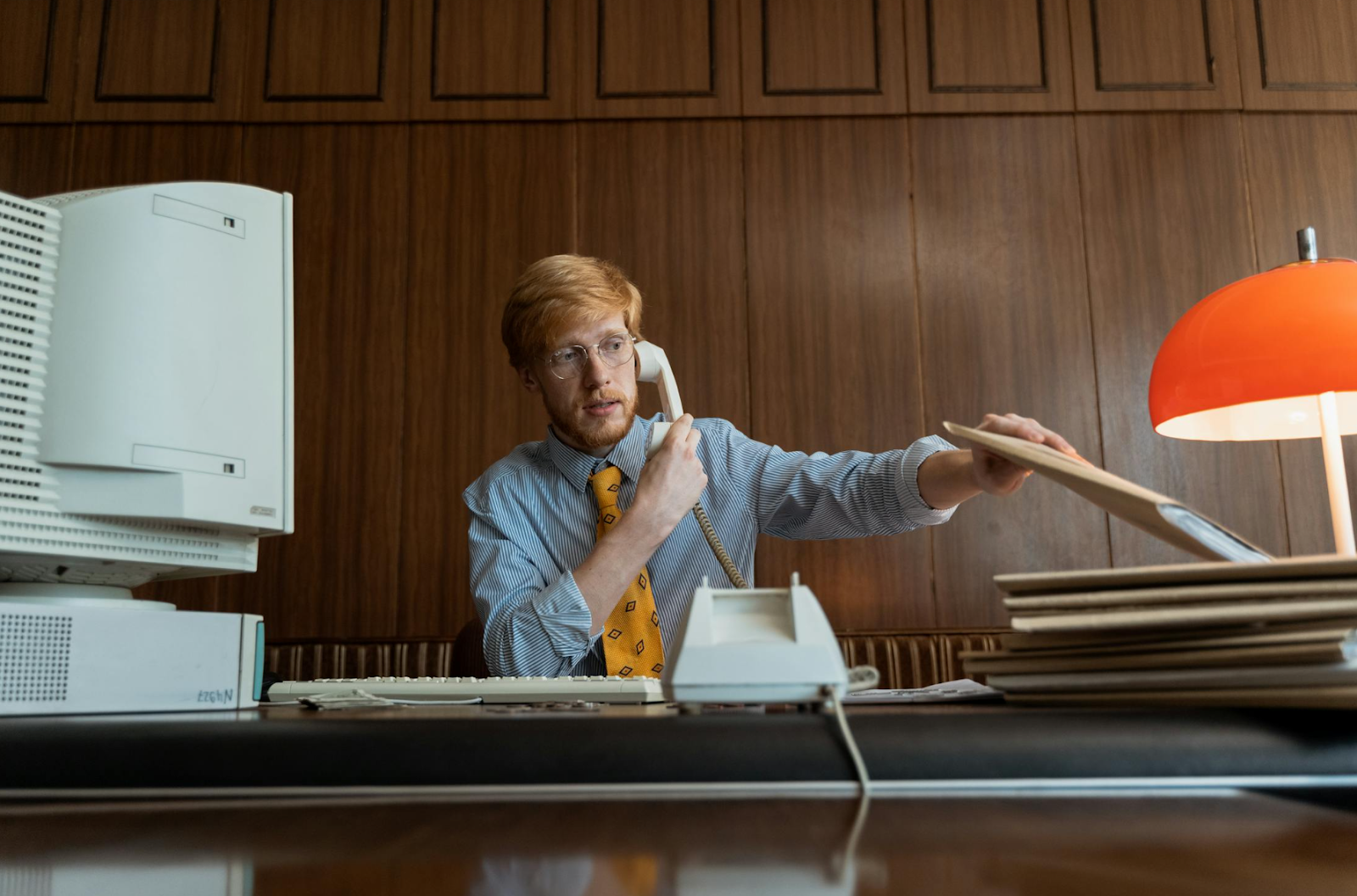Why People Prefer Vintage Office Furniture: Liquidate Yours Today
Vintage office furniture is having a real moment. Buyers love the mix of durability, character, and lower environmental impact—qualities that mass-produced pieces often can’t match.
Vintage office furniture is having a real moment. Buyers love the mix of durability, character, and lower environmental impact—qualities that mass-produced pieces often can’t match. For organizations sitting on legacy assets, liquidating vintage office furniture turns aesthetic demand into real recovery while supporting sustainable office decommissioning with credible, measurable gains.
- Vintage pieces deliver longevity, story, and design credibility
- Liquidation converts idle assets into cash without landfill impact
1) Craftsmanship, Longevity, And Real-World Value
Well-built legacy desks, steel storage, and classic task chairs were engineered to last—and they still do. That timeless durability attracts designers, startups, and corporate specifiers who want substance and style. When supply is tight and new lead times stretch, “ready now” vintage inventory stands out.
- Sturdy construction + iconic forms = resilient resale demand
- Older premium brands hold value in vintage furniture liquidation markets
2) Sustainability Wins (And The Numbers Prove It)
Furniture waste is a large, fixable problem. In the U.S., 12.1 million tons of furniture and furnishings were generated in 2018 (EPA). Reuse is the fastest way to cut that footprint: office furniture re-use can reduce CO₂e by up to ~80% versus buying new (WRAP). Vintage resale is therefore a direct lever for sustainable office decommissioning.
- Reuse and resale slash embodied carbon relative to new purchases (WRAP)
- Diverting assets from landfill addresses a documented 9.7-million-ton issue (EPA)
3) Demand Tailwinds For Secondhand Furniture
The recommerce market for furniture is expanding as buyers seek quality and sustainability. Independent market research points to a 6%+ CAGR for secondhand furniture through the end of the decade, reflecting mainstream adoption beyond niche audiences (Grand View Research). That backdrop supports higher, faster recovery on vintage lines.
- Growing buyer pool = better exit prices and faster sell-through
- Macro demand supports programmatic vintage liquidation year-round

4) Brand, Culture, And Design Credibility
Vintage integrates substance into modern interiors—mid-century wood, enamel steel, and enduring ergonomic classics read as curated, not commodity. For employers, that creates memorable spaces employees notice. For landlords and operators, it helps differentiate lobbies, lounges, and spec suites—without the carbon or cost of fully new kit.
- Vintage accents elevate perception at a fraction of new-build impact
- Distinctive pieces support placemaking, leasing, and retention goals
5) How To Maximize Recovery (Step-By-Step)
Start with a short audit: list makes, models, quantities, and condition. Grade A (excellent) goes to retail marketplaces or designer networks; Grade B to outlet/wholesale; damaged items head for certified recycling or parts harvest. Bundle sets (e.g., 8 matching task chairs) to raise perceived value and speed the sale.
- Photograph labels/serials; note condition and measurements in one sheet
- Batch by “ready-to-install” sets to lift bids and shorten time-to-cash
6) Risk, Controls, And Channel Hygiene
Protect price integrity by steering sensitive items to controlled channels. Use buyer agreements, territory limits, or light relabeling when necessary. For compliance, keep disposal manifests and donation letters; for ESG, record diversion pounds and reuse counts alongside the CO₂e savings you can credibly cite.
- Choose channels that won’t undercut core pricing or brand standards
- Keep documentation for lease handback, ESG reporting, and audits
7) Why Work With A Specialist (And Who To Call)
Coordinated valuation, marketing, logistics, and documentation are what separate ad-hoc sales from reliable outcomes. A partner streamlines grading, connects with the right buyers, and handles pickup at scale—especially during big moves or portfolio refreshes. Michael’s Global Trading manages end-to-end vintage furniture liquidation and reporting so your team can stay focused on operations.
- One team for valuation, resale, removal, and diversion records
- Less downtime, better channel fit, and faster net recovery with Michael’s

Quick Recap
- Demand is real: secondhand furniture is growing (~6%+ CAGR—Grand View Research)
- Impact is measurable: reuse can cut CO₂e by ~80% vs. new (WRAP); 9.7M tons landfilled highlights the need (EPA)
- Process matters: audit > grade > bundle > route to the right channel
- Protect the brand: use resale controls and keep ESG documentation
- Call a pro: Michael’s Global Trading streamlines liquidating vintage office furniture from quote to pickup
Vintage Remains Preferred
People prefer vintage because it lasts, looks better with time, and carries a lighter footprint—exactly the combination buyers want now. Treat your legacy inventory as an asset, not a burden: plan a clean audit, route items to the right channels, and document the environmental wins. With the right partner—Michael’s Global Trading—liquidating vintage office furniture becomes a fast, repeatable way to unlock cash, reduce waste, and elevate your brand.





